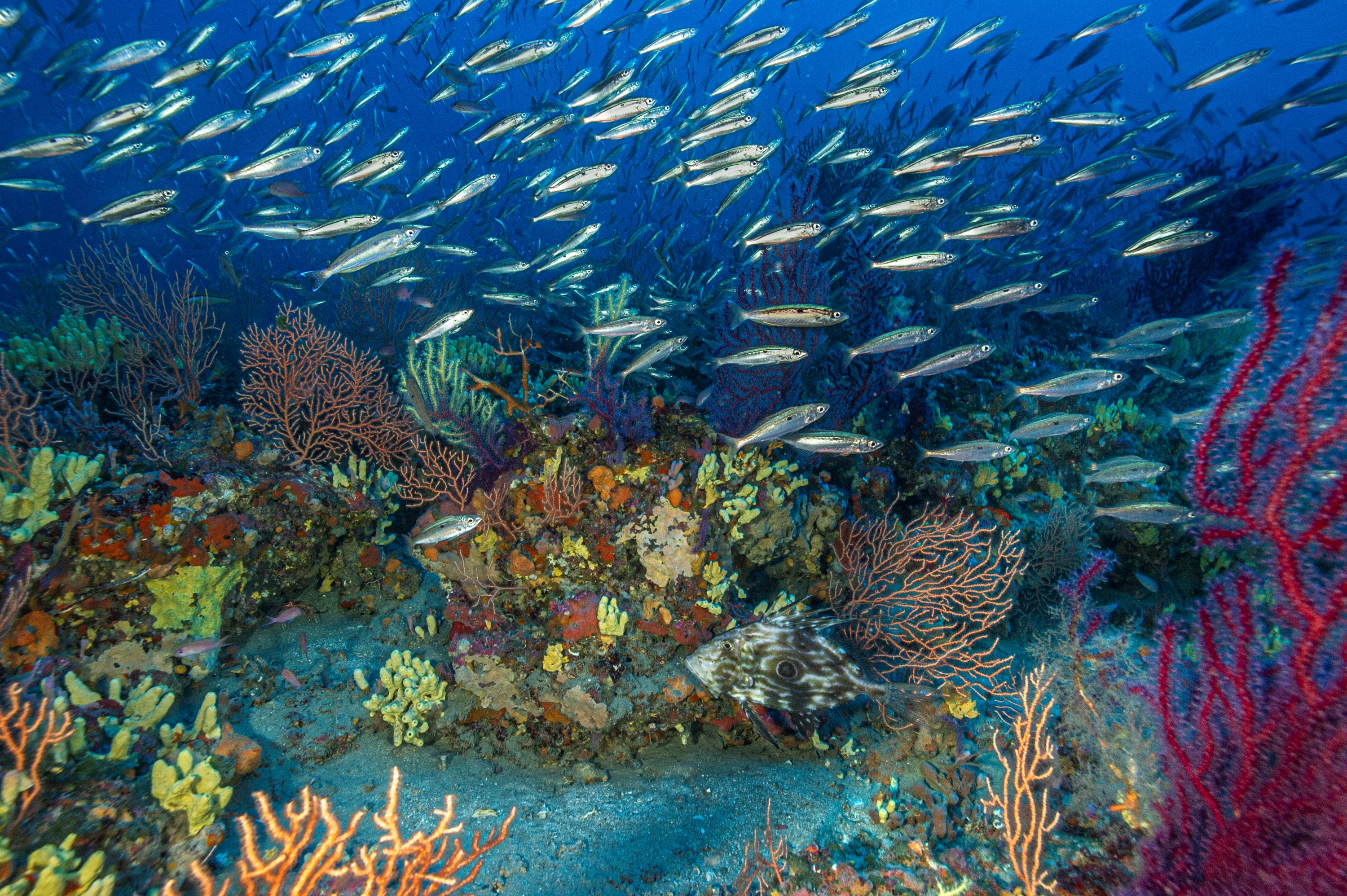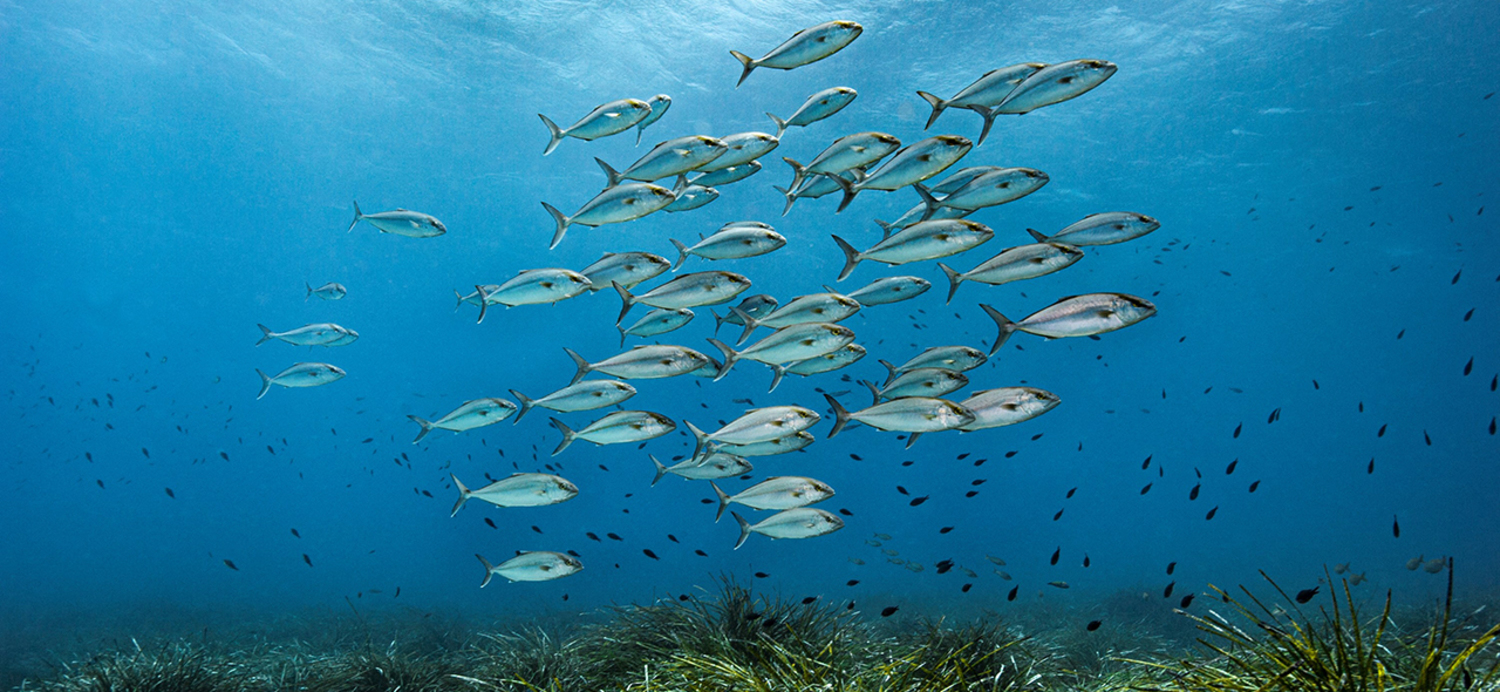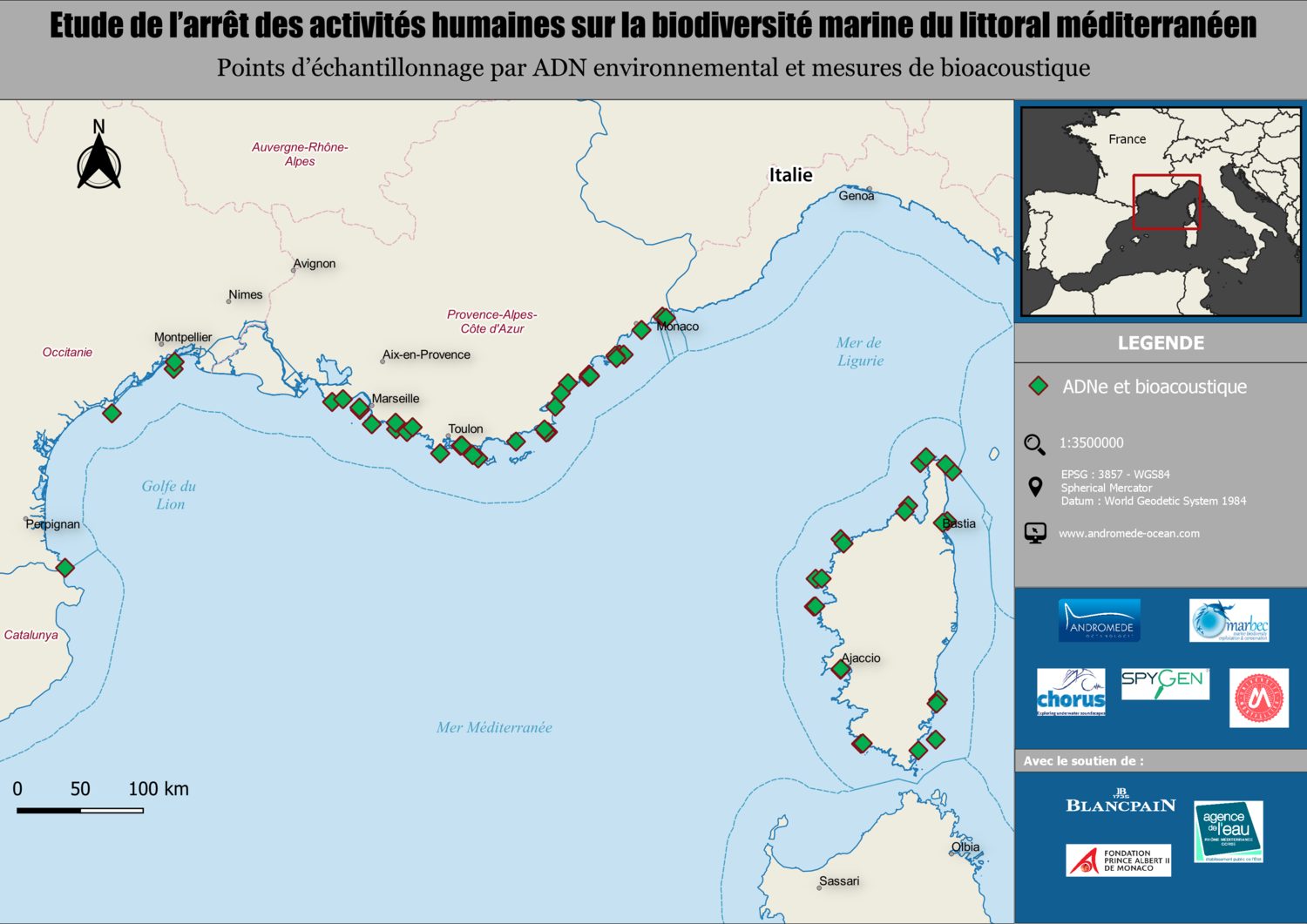
Launch of a study on the marine biodiversity of the Mediterranean coast following the cessation of human activities.
Monaco
Since April 2020, the Andromède Océanologie team has started a new scientific mission in the Mediterranean. This two-year project will reference and study, through environmental DNA (eDNA) sampling and bioacoustic measurements, the reference state of biodiversity in the coastal waters of the French Mediterranean.
This study, bringing together marine biologists and academics, is being conducted by Andromède Océanologie, the Rhône Méditerranée Corse water agency, the Spygen laboratory, the Chorus company, the UMR MARBEC and the University of Montpellier with the support of the Prince Albert II of Monaco Foundation.
Spring 2020 offers exceptional conditions in relation to the coronavirus pandemic (covid-19) and population containment. The human frequentation of the coast is at a minimum level because tourist and sports activities are prohibited, and fishing activity, especially artisanal fishing, is greatly reduced. This unprecedented situation will make it possible to establish indicator references on anthropised sites (ports and strong points identified in the IMPACT network), marine protected areas (MPAs) and the mesophotic zone (50-100 m). The values of these indicators will be compared to those of the years 2018 and 2019, for which eDNA monitoring of this Mediterranean coastline had been carried out, particularly within the framework of the Gombessa 5 scientific expedition.
The degradation of coastal areas is one of the most serious biodiversity problems we face. Most human societies are located close to the coast, and even today 44% of the world's population is still concentrated within 150 km of the coast (United Nations Atlas of the Oceans). Habitat destruction, overfishing, climate change and the introduction of exotic species are all threats to coastal marine ecosystems.
Study objectives :
1. Carry out environmental DNA sampling by water filtration to explore vertebrate biodiversity (bony and cartilaginous fish, marine mammals) in confinement or at the beginning of a period of human population deconfinement. This will involve 182 samples from Mediterranean coastal sites along a gradient of human impact (ports, reference stations, MPAs, mesophotic zone).
2. Place hydrophones to evaluate the Biophony on the same reference stations as the environmental DNA.
3. Complete the baseline for Mediterranean marine vertebrates on the 12S part of the genome to better assign environmental DNA fragments to species.
4. Develop, assess baseline and test indicators of the health status of coastal water bodies.
5. Draft a methodological guide for eDNA methods and calculation of indicators. This scientific project will identify the diversity of vertebrates that could move closer to the coast and move up from the depths in this exceptional context of very low pressures (fishing, noise pollution, etc.).
Photo Credits : ©Laurent Ballesta, Andromède océanologie - Gombessa 5

